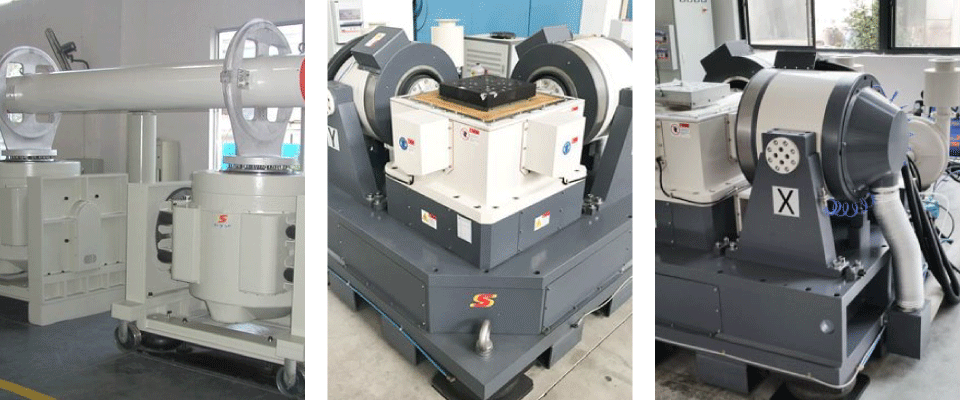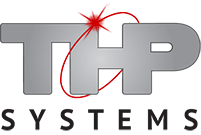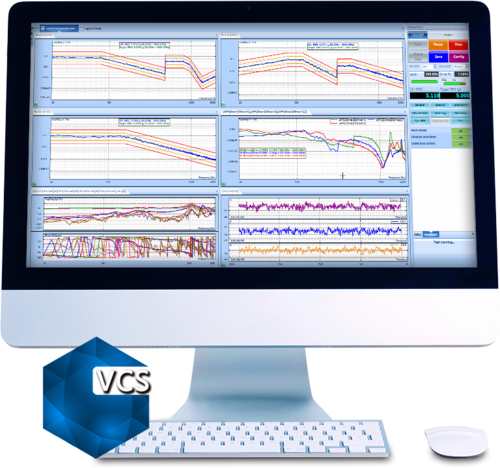Product Overview
Multiple-Input Multiple-Output Vibration Control Software
MIMO Testing has gained a huge momentum in the past decade with the development of multiple shaker table systems, the availability of Multiple-Input Multiple-Output (MIMO) controllers, and the readiness of the standards (e.g., Mil STD 810G method 527 and IEST DTE 022 working group recommendation). The Multiple-Input Multiple-Output (MIMO) Control System includes the following:
Key Features
The multi-shaker system ranges from Multiple Exciter Single Axis (MESA), with 2 or more shakers involved, to Multiple Exciter Multiple Axis (MEMA), i.e., three axis translational shaker table, such as earthquake testing table, or 6 DOF Multi-Axis Shaker Table (MAST) table, etc.


- Test Management
Tests are managed through a MSSQL Server database. Signal files, test set-up, and UUT (machine) information are stored in the database. Users can search through previous tests using keywords, time, or date information. The database may be installed on local computer or a server on a LAN. - Black Box Mode: Operate Without PC
A supported front-end can operate in Black Box mode which allows it to acquire data without a connected PC. In this mode, a PC is only used to configure the system before the test and then to download the data after the test is complete. During the test, the front-end can be operated according to a preset schedule or from a variety of external devices, such a Wi-Fi enabled PDA or iPad. - Measurement Quantities
The user has an option to select a wide range of measurement quantities. Typical measurement quantities include acceleration, velocity, displacement, force, strain, torque, temperature, voltage, angle, phase, resistance, tacho speed, pressure, voltage, time, frequency, angular velocity, current, sound pressure, and mass. - Languages
English, Russian, Japanese, simplified and traditional Chinese are available. Languages can be switched without reinstalling software. - Continuous Data Recording
During vibration control, all measurement input and drive signals can continuously record to a Spider-NAS or the internal storage residing in each front-end. Users can view and analyze data files with Crystal Instruments Post Analyzer. The variable sampling rate can be enabled to simultaneously record slow-change signals together with high speed vibration data



 VCS Brochure
VCS Brochure